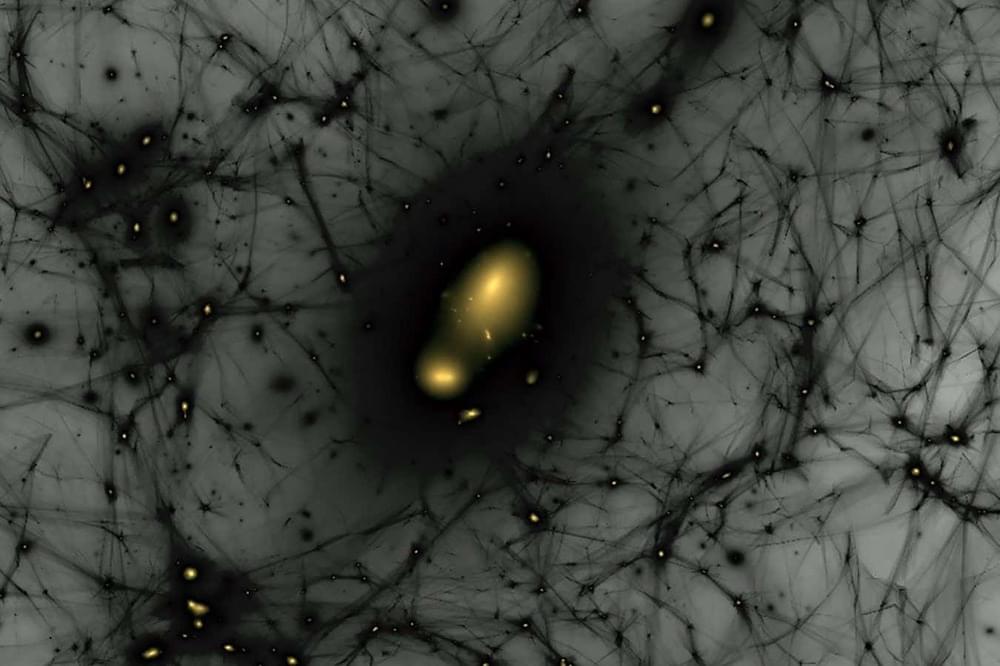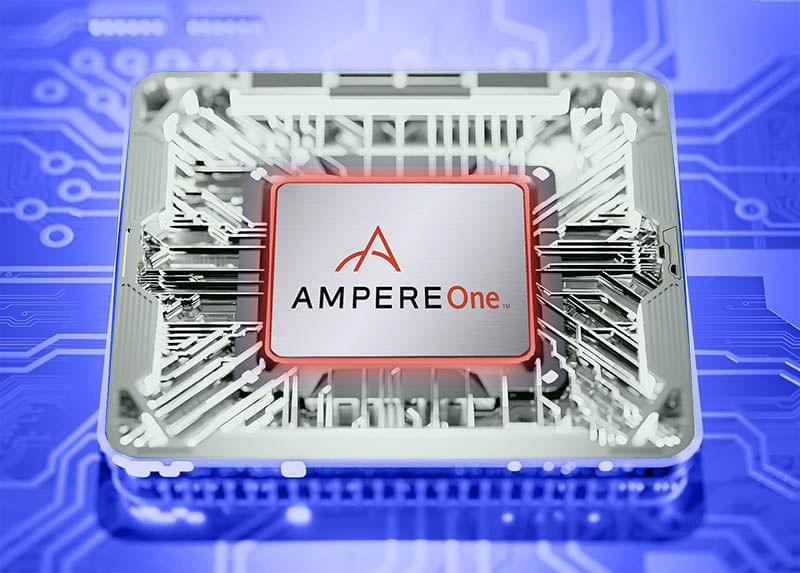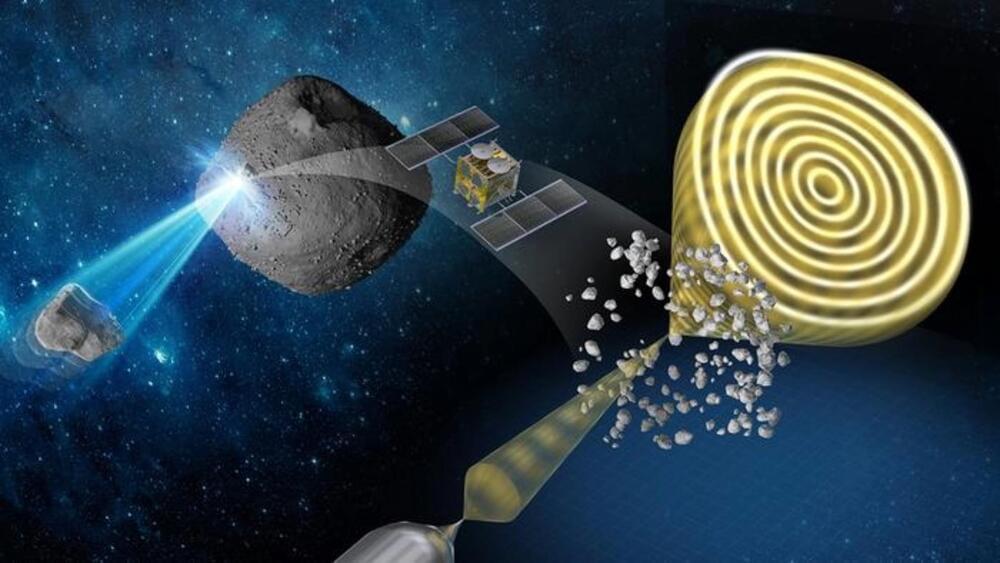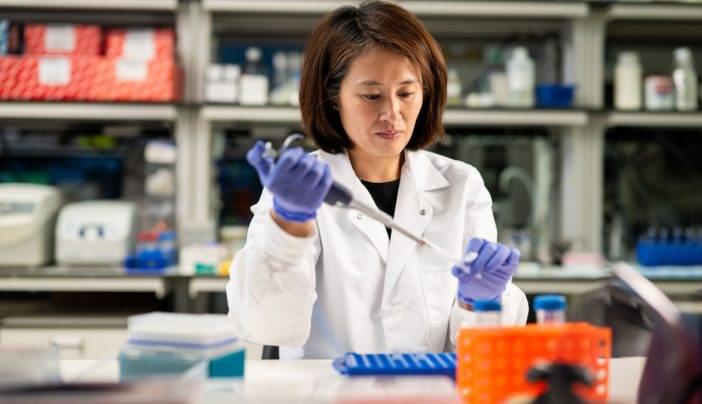As electric vehicle (EV) sales skyrocket, more than doubling in 2021 compared to 2020, and automotive companies announce massive investments in batteries and EVs, the transition from gas to electricity-powered vehicles is looking all the more inevitable.
Still, misinformation abounds during this exciting technological change. Here are seven of the biggest myths about EVs.
1. Electric cars will always be more expensive. Up front electric vehicle prices have steadily fallen since the turn of the century, to the point where they are closing in on parity with gas vehicles.








